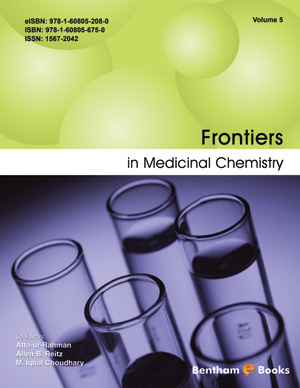Abstract
Nitric oxide (NO) is an endogenous compound, playing a fundamental role in the modulation of the function of cardiovascular system, where it induces vasorelaxing and antiplatelet responses mainly through the stimulation of guanylate cyclase and the increase of cGMP. Many drugs of common and old clinical use (for example, glycerol trinitrate and all the vasodilator nitrites and nitrates) act via the release of exogenous NO, thus mimcking the effects of the endogenous factor.
In the last years, a revision of the “one-compound-one-target” paradigm led pharmacologists and medicinal chemists to develop new classes of molecules, joining more pharmacodynamic properties. Among them, this innovative pharmacological/ pharmaceutical strategy produced hybrid drugs, with a dual mechanism of action: a) the slow release of nitric oxide and b) an other fundamental pharmacodynamic profile.
These drugs have been obtained with the insertion of appropriate NO-donor chemical groups (i.e. nitrate esters, nitrosothiols, etc.), linked to a known drug, through a variable spacer moiety.
These new pharmacodynamic hybrids present the advantage of joining to a main mechanism of action (for example, cyclooxigenase inhibition, beta-antagonism or ACE-inhibition) also a slow release of NO, useful either to reduce the adverse side effects (for example, the gastrotoxicity of NSAIDs) or to improve the effectiveness of the drug (for example, conferring direct vasorelaxing and antiplatelet effects to an ACE-inhibitor).
This review wishes to present the chemical features of NO-releasing hybrids of cardiovascular drugs and to explain the pharmacological improvements conferred by the addiction of the NO-donor properties.
Keywords: Nitric oxide, NO-donor, hybrid drugs, cardiovascular drugs






















